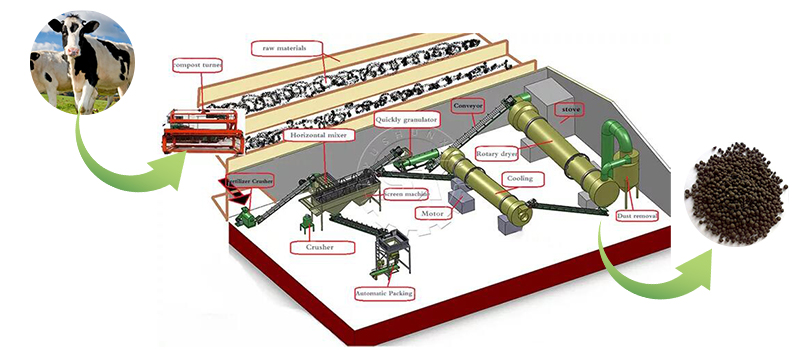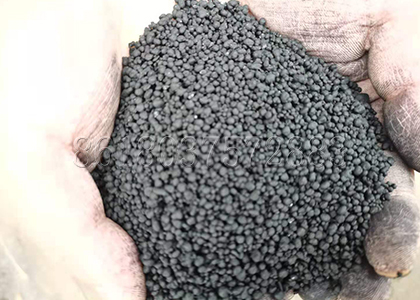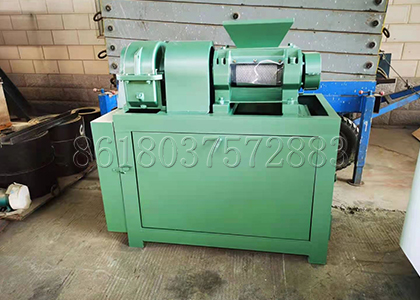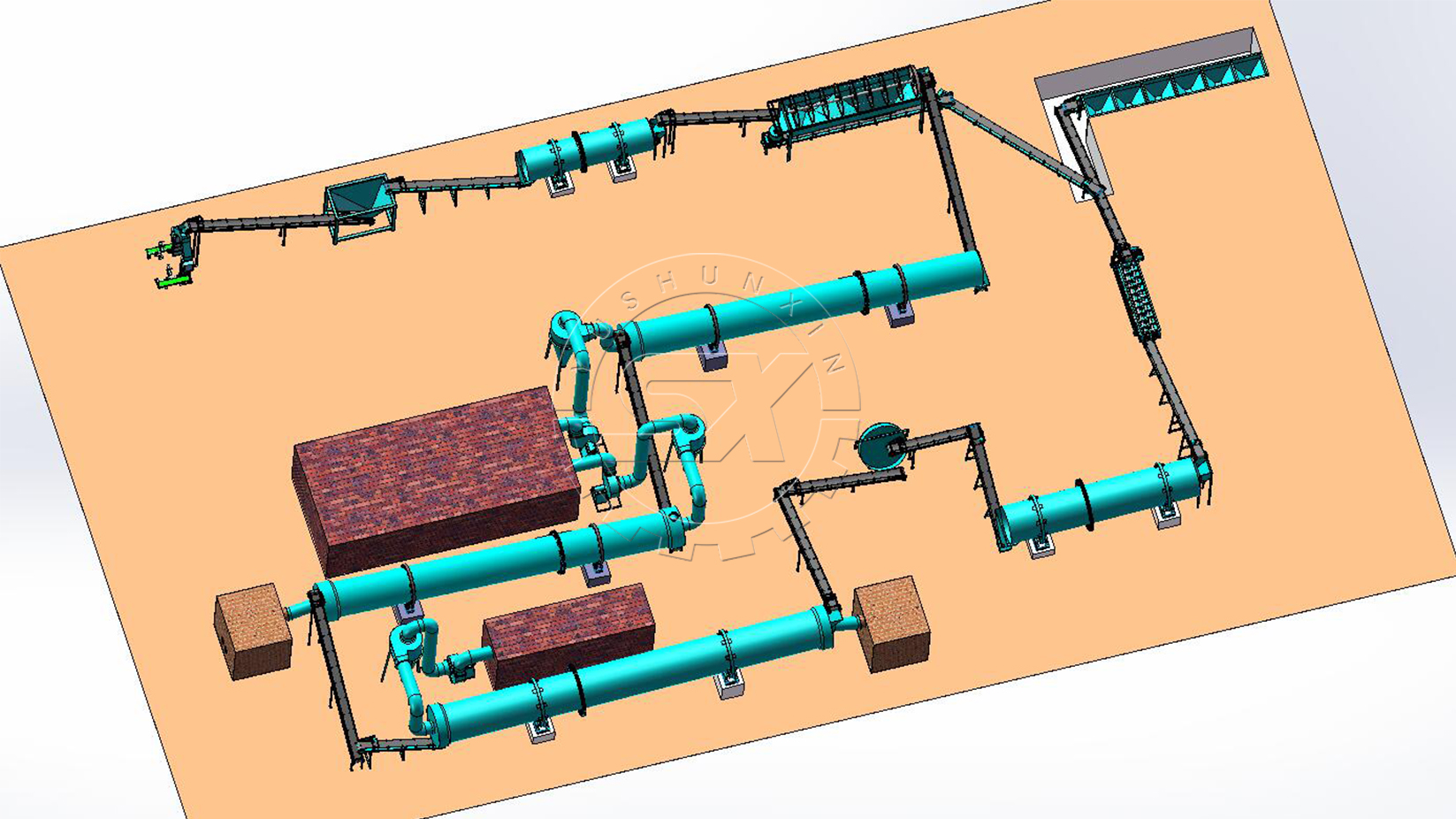When operating an organic fertilizer production plant, managers always seek ways to reduce the overall organic fertilizer plant cost while maintaining efficient output. Many factors play roles in final expenses, but one essential process—pellet making—stands at the core of both cost and efficiency. Optimizing the pelletizing process, alongside other production factors, can significantly affect the organic fertilizer production plant cost. This article discusses the relationship between pellet making and fertilizer plant setup cost, using examples of raw materials and machinery options to guide effective decisions for modern fertilizer factories.
What Types of Raw Materials Are Suitable for Organic Fertilizer Granulation?
Selecting proper raw materials directly influences the organic fertilizer manufacturing plant cost. Organic fertilizer production lines commonly use materials such as livestock manure (e.g., chicken, cow, or pig manure), agricultural residues (e.g., straw, rice husk, soybean meal), and industrial byproducts (e.g., distiller’s grains, sugar filter mud). These materials offer high nutrient content and biological activity, but require proper pretreatment—such as composting and crushing—to ensure effective granulation.
The moisture, texture, and nutrient balance of raw materials affect the granulating process. For instance, high-fiber agricultural waste benefits from additives like bentonite or humic acid to improve pellet formation, while livestock manure may need moisture adjustment before entering granulator equipment. Choosing low-cost, locally available materials reduces transportation and acquisition expenses, further lowering the fertilizer production line cost. In summary, raw material quality, local availability, and pretreatment requirements all impact both granule quality and total fertilizer factory cost.

How Do Different Pellet Making Machines Influence Fertilizer Production Plant Cost?
The selection of pelletizer machinery is crucial for optimizing organic fertilizer manufacturing plant cost. Several types of granulation machines exist, including disc granulators, flat die granulators, double roller extrusion granulators, drum granulators, and new type organic fertilizer granulators. Each type presents unique advantages for different materials and capacity requirements.
For example, disc granulators suit small and medium-sized fertilizer factories, offering flexible operation and lower initial investment. Double roller extrusion granulators perform well for compound fertilizer granulating, consuming less energy and requiring minimal drying. Drum granulators handle large-scale organic fertilizer production, but may increase fertilizer plant setup cost due to higher energy usage and maintenance. The choice of pelletizer or granulator affects energy consumption, maintenance intervals, labor requirements, and final pellet quality. Integrating proper screening, drying, and packing equipment further improves process efficiency and reduces overall fertilizer plant cost. Therefore, careful selection of pellet making equipment ensures a balance between production capacity and total investment.

What Additional Production Processes Impact Organic Fertilizer Plant Cost?
Beyond pelletizing, other essential procedures impact overall organic fertilizer production line cost. Compost machines accelerate the decomposition of organic matter, reducing fermentation time and labor costs. Crushing machines process raw materials into suitable particle sizes for efficient granulating, while batching machines ensure accurate nutrient blending. Rotary drying machines remove excess moisture from granules, enhancing storage stability and reducing product loss. Screening machines classify finished pellets according to size, limiting waste and improving product value.
Each piece of equipment—whether a compost turner, rotary dryer, or packing machine—incurs purchase, operation, and maintenance expenses. However, well-integrated machinery minimizes downtime, maximizes throughput, and improves return on investment. Effective process control, quality assurance systems, and automation solutions further reduce fertilizer manufacturing plant cost by lowering labor and resource waste.
Conclusion
In summary, pellet making plays a decisive role in determining organic fertilizer plant cost. From the selection and pretreatment of raw materials to the adoption of suitable granulation equipment and supporting machinery, each step affects the investment and operational expenses for fertilizer production. When factory managers consider raw material sources, evaluate pelletizer options, and integrate essential production steps, they create an efficient, cost-effective fertilizer plant.
For those seeking advanced solutions, a professional fertilizer equipment manufacturer such as Yushunxin provides reliable organic fertilizer granulation machines and complete fertilizer production lines, optimizing both pellet quality and plant cost. By focusing on the entire granulation process, fertilizer factories can achieve sustainable growth and competitive advantages in the organic and compound fertilizer market. You can visit: https://www.fertilizerproductequipment.com/organic-fertilizer-production-plant-cost/






















